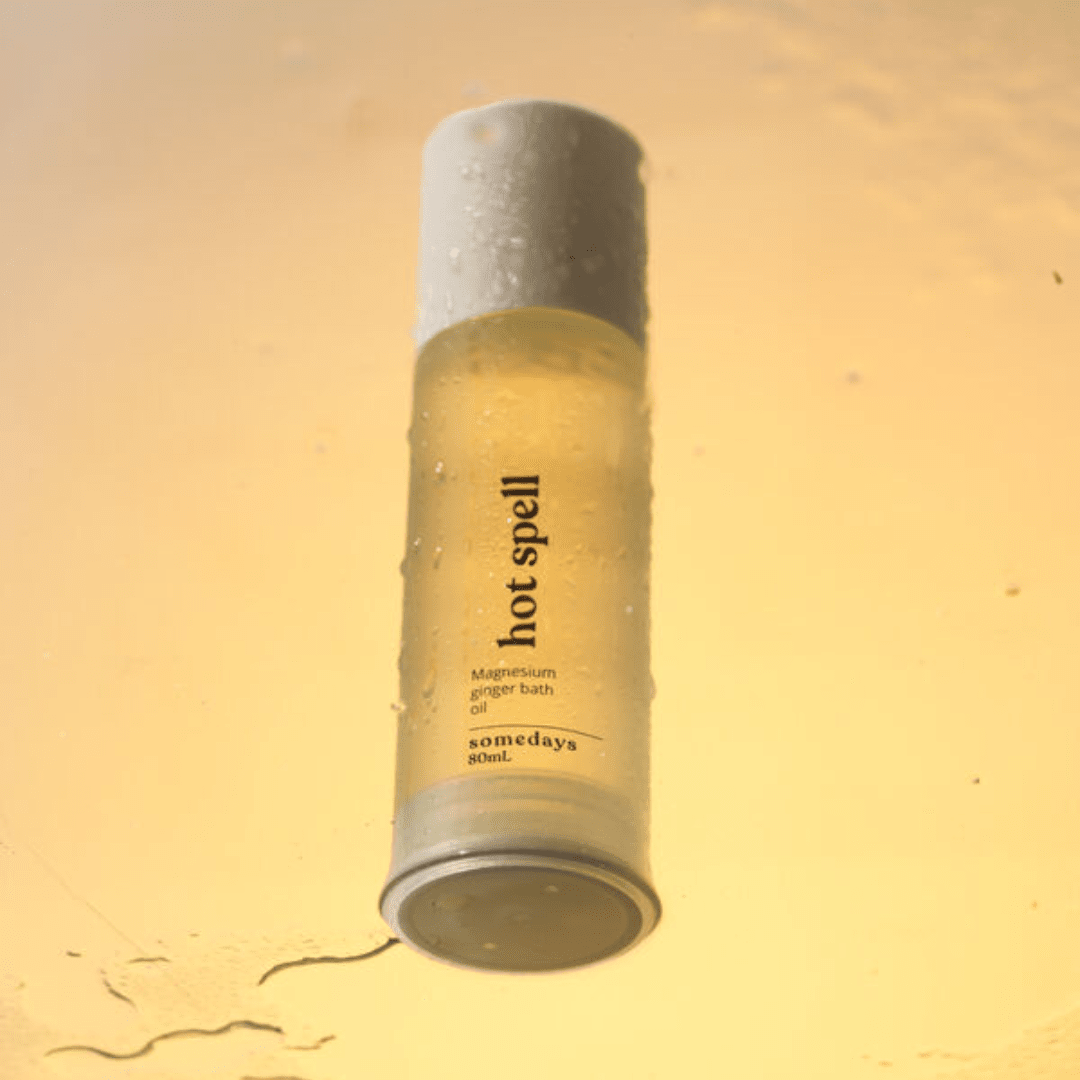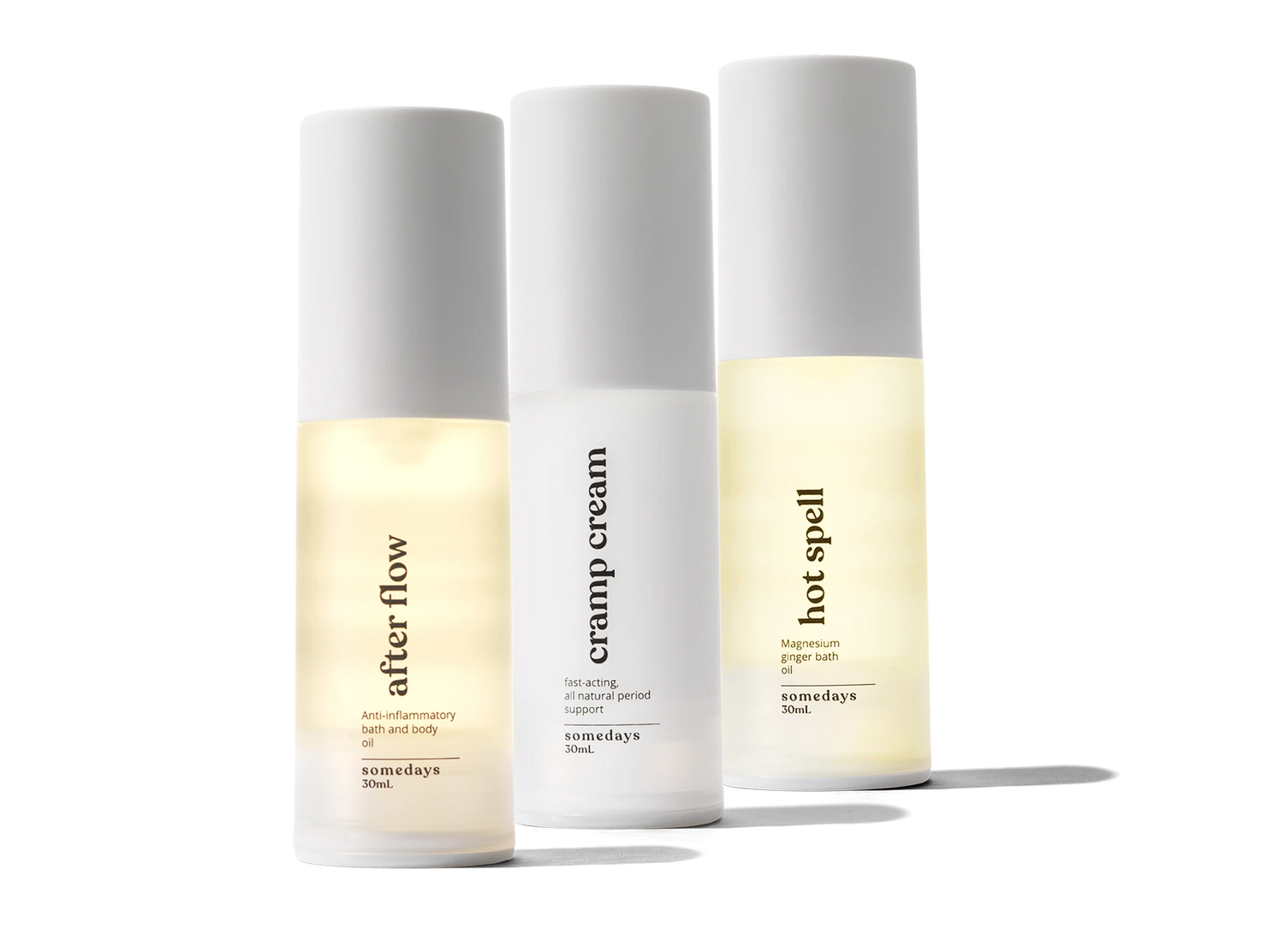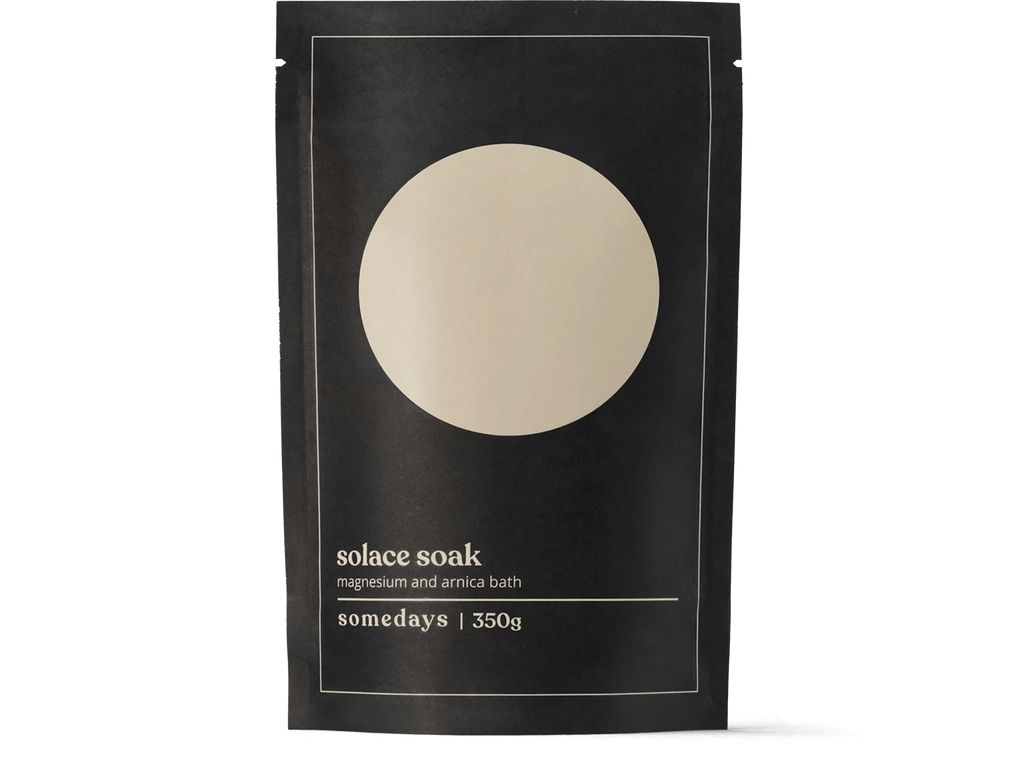How to Support Someone with Pelvic Pain | A Partner’s Guide to Care

Watching someone you love experience pain can be…well, painful. This topic was inspired by a question on reddit, addressed to people with periods, posed by a well-meaning, sympathetic partner: “How do I show up for my wife on her period?” The top answer: “Ask your wife.” All jokes aside, this is where your curiosity should start. If the road to hell is paved with good intentions, then the road to well is paved with good communication. Talk to your partner about their needs and desires around pain management. If they’re not crystal clear on what those are, or you’re looking for inspiration to enrich the care that you offer—keep reading.
For many who experience pelvic pain, having our needs go unmet is a way-too-common grief. From chronic medical ignorance and apathy, to the emotional exhaustion of living with pain, too many folks have resigned themselves to exclusively self-soothing. And while that’s an invaluable skill to have, most would also warmly welcome someone they love making an effort to offer care.
It’s not uncommon that our natural way of showing care isn’t perfectly aligned with how our loved ones want to receive it. But that’s why resources like this exist! How we experience care can vary based on whether you’re the one giving or receiving, whether the relationship is romantic or platonic, whether your cup currently feels full or a little leaky—so, seriously, talk it out. Then, give these a try:
Affirm and Believe Them
One of the most universal experiences of chronic pain is the real or expected rejection of that experience, sometimes causing us to neglect our boundaries. Whatever negative feelings your partner is having (pain, or otherwise) you can trust that validating communication is an important component of their holistic care. Try statements like:
- “I see that you’re in pain. Please take what you need today.”
- “I am always impressed by how you set clear boundaries and prioritize self-care.”
- “Even when you don’t feel like yourself, I see you and I love you.”
- “Do you want to talk about how you’re feeling? I want to better understand your experience and how I can care for you.”
If none of these examples feel quite like “you,” our Somatic Care Deck includes 36 affirmations, questions and prompts to support curious and compassionate conversations about pain and pleasure.
Spend Time Together
When we feel unwell, it’s not uncommon to also feel a bit recluse. However, it’s quite possible that your partner will appreciate you challenging that impulse with an invitation to be together. Turn off distractions and devote your attention to an activity that brings you both comfort and pleasure: enjoying a favourite meal, a binge of their go-to comfort show, playing a game, or taking a scenic walk. Whatever it is, just be sure to hold space for however much or little energy your partner has to give to the moment. For example, your quality time might be a little more quiet than usual—but that doesn’t mean it’s any less impactful.
Fill In For Them
Feeling an obligation to meet your own or others’ expectations when in pain can be a significant cause of stress. Pain slows you down, and that’s okay. Expectations need to shift when they can’t be reasonably met. Intuiting changes in your partner’s capacity is a fail-safe way to show your compassion for what they’re experiencing. This can look like taking on their share of the household labour or initiating the care you know they need, like drawing them a bath or brewing them a cup of tea. Think: any gesture that embodies “I care about you and I want you to experience relief.”
Touch Them
There is an abundance of research on the positive effects of touch and the experience of pain. In short: the release of oxytocin (which has a positive feedback relationship with dopamine and serotonin—all the feel-good hormones) interrupts the brain’s focus on the bodily communication of pain. So, it’s very likely that those experiencing pain will benefit from a variety of physical connections (hand-holding, massage, sex). But it’s important that you first seek out consent—sometimes, you just don’t want to be touched. If you get the green light, consider a massage with Hot Spell or Cramp Cream. Menstrual pain can be experienced literally anywhere in the body, so feel free to be generous. Your intention here should be curiosity about how you can invite pleasure to be the remedy for pain.
Give Them Space
Unfortunately, our get-it-done society doesn’t (yet) hold space for those experiencing pain—and those who help them take care—to push pause and do just that. Conversely, sometimes we’re just not up to the vulnerability it requires to allow someone to take care of us. In either of those cases, you can arm your partner to care for themselves with pain managers that embody all the sentiments above. The possibilities are limitless: sweet treats, topical remedies, educational resources. Trust what you know about your partner, but, if you’re not exactly sure what’s best-suited to their needs, give this guide a read or reach out to us—we’re here for you, too.
Take Care of Yourself
You can’t give what you don’t have, so don’t be a martyr. If the person with a period in your life is a care-taker, they’ll appreciate knowing that you’ve got you covered—because you too deserve rest, patience and permission to be however you need to be. And so, our final tip: periods tend to be cyclic; if you can plan ahead and enjoy the fruits of your effort together, we highly recommend it.
To all the partners seeking advice on how to show up for the people with periods in your life: thank you for your curiosity and concern. It’s important and appreciated that you’re participating in shifting the narratives around chronic pain to focus on compassion and care.
---
Kels is a writer, editor and passionate story-teller. As an Indigenous woman (belonging to Ts’il Kaz Koh Nation, Burns Lake, BC) with her Bachelors of Environment, her devotion to stories, nature, and community is both inherent and intentional. Her specialization in natural health and wellness was in large-part inspired by her own painful periods and disempowering experiences seeking support from conventional resources. When she’s not clacking away at a keyboard, you’ll most likely find her exercising her green thumbs in a garden, beading, or with her nose in a book—and a cat on her lap.
Previous Article All Articles Next Article
All ArticlesSolace Soak
$32.00
ADD TO CART



